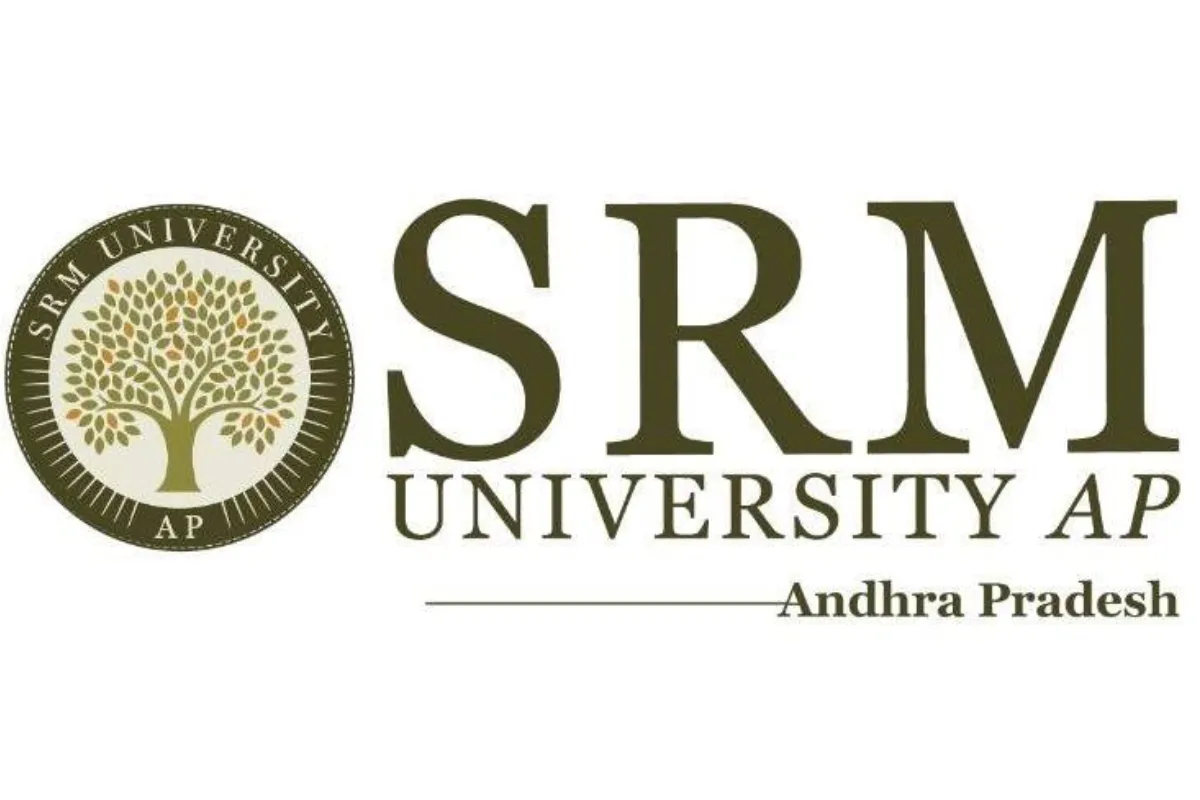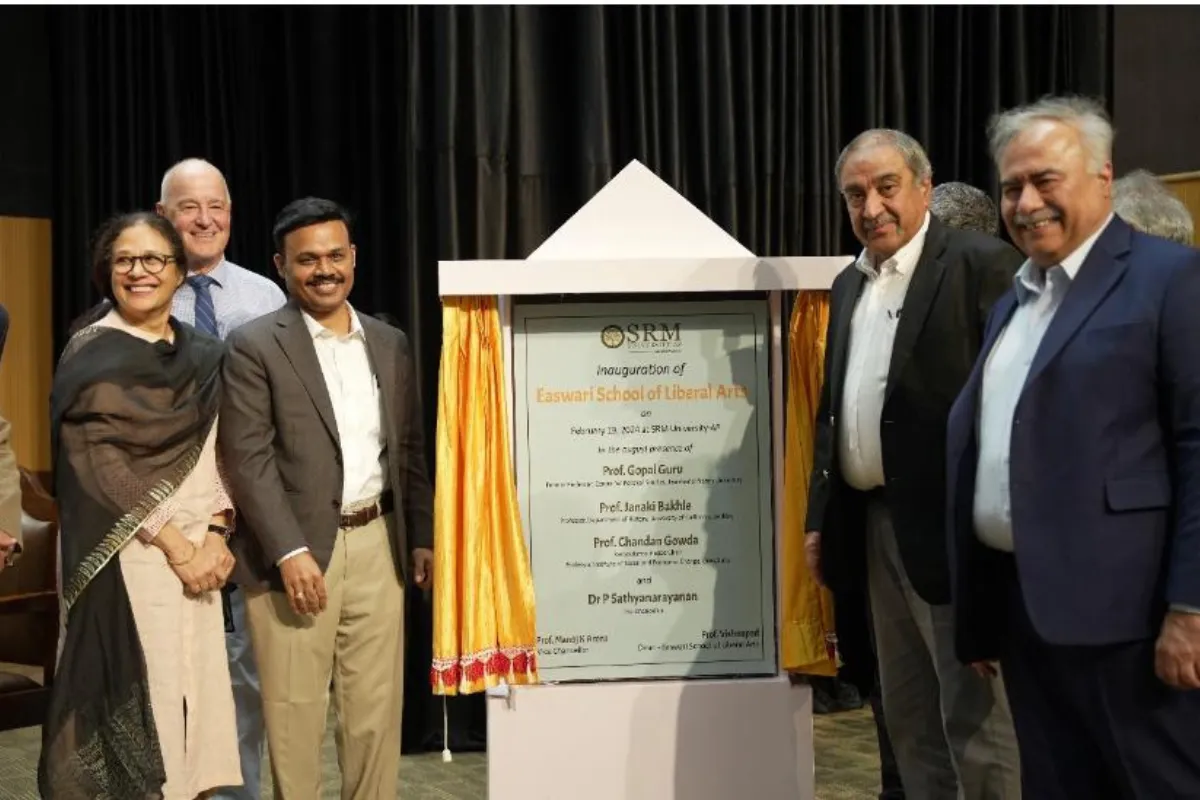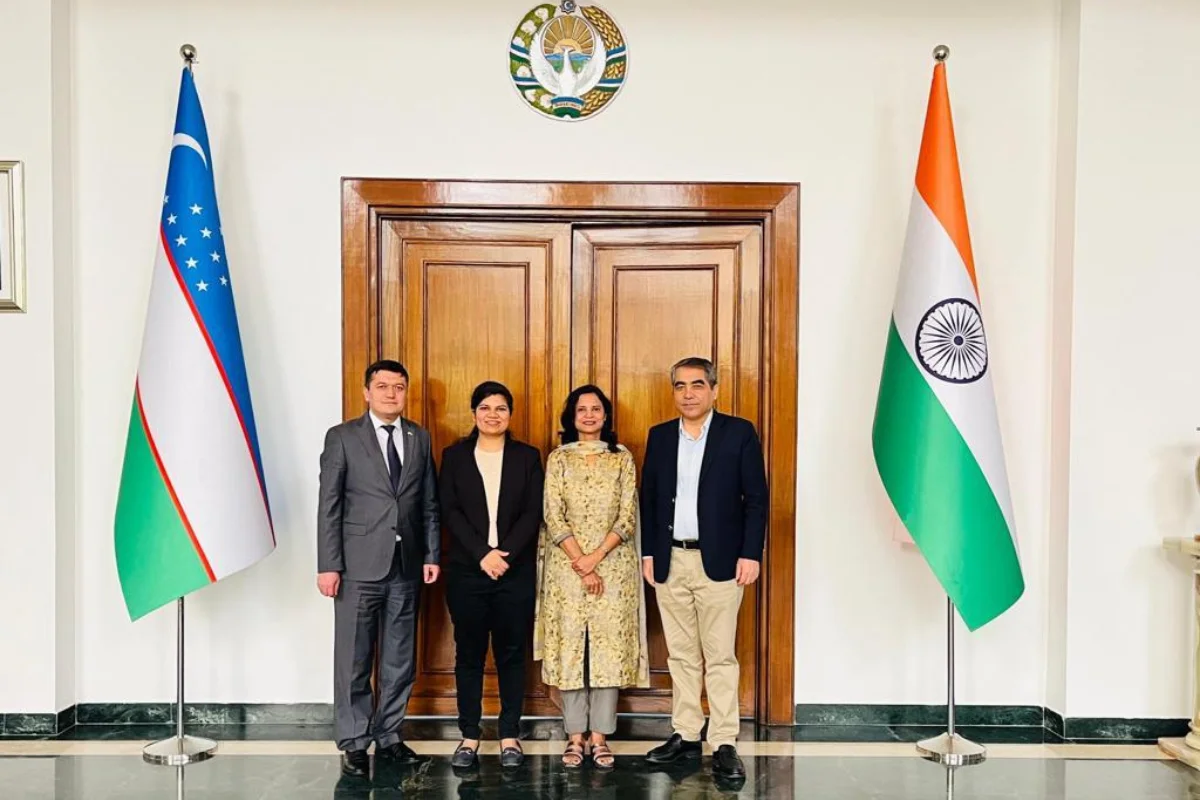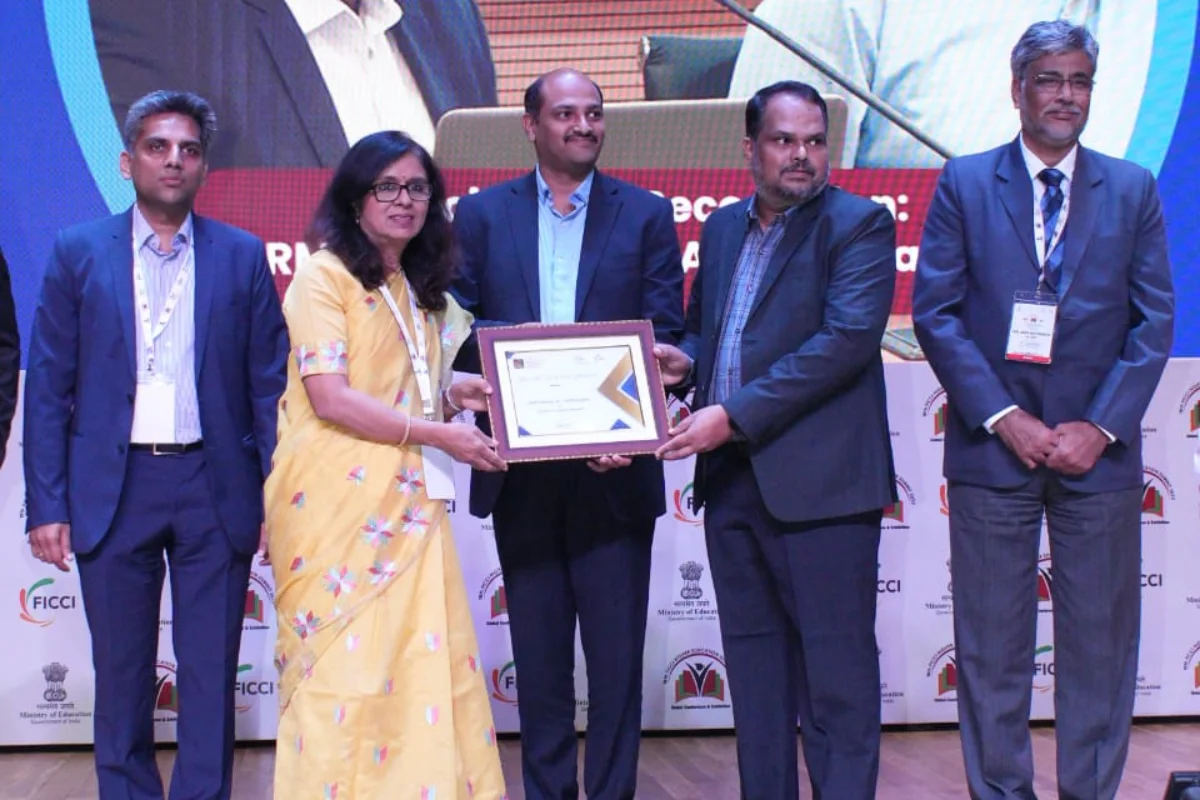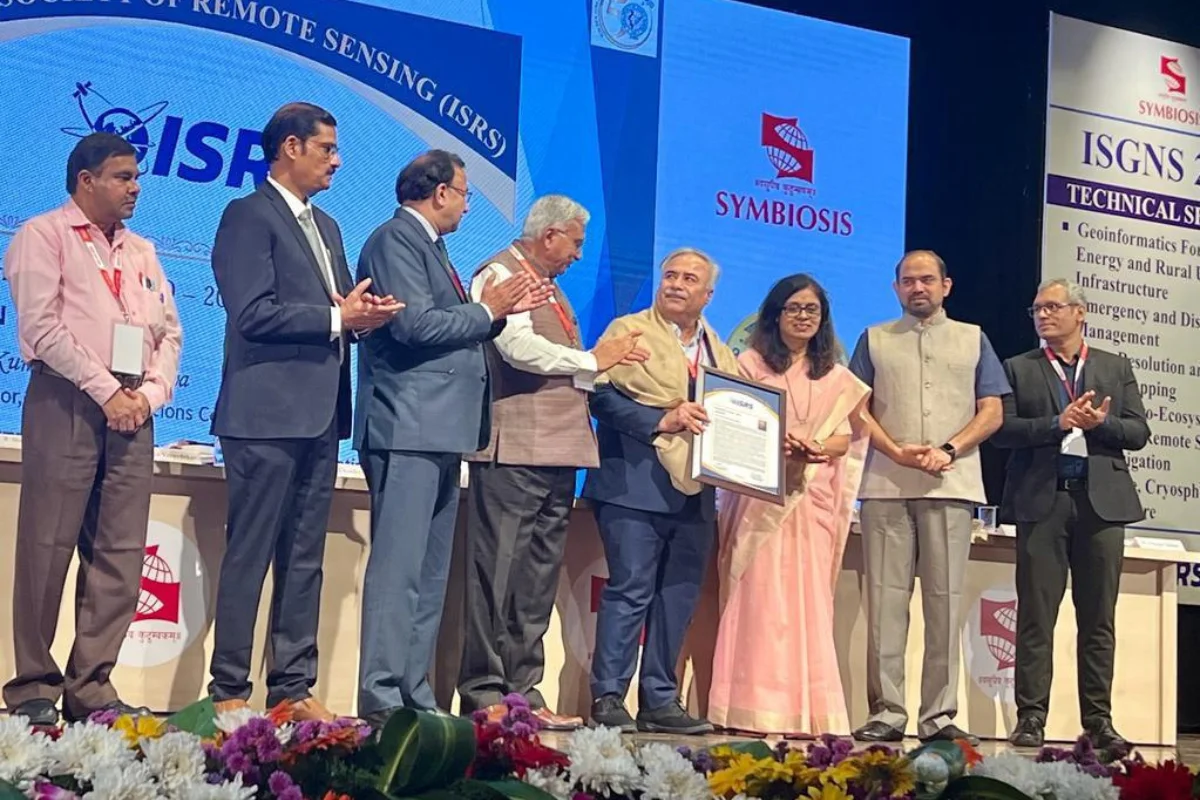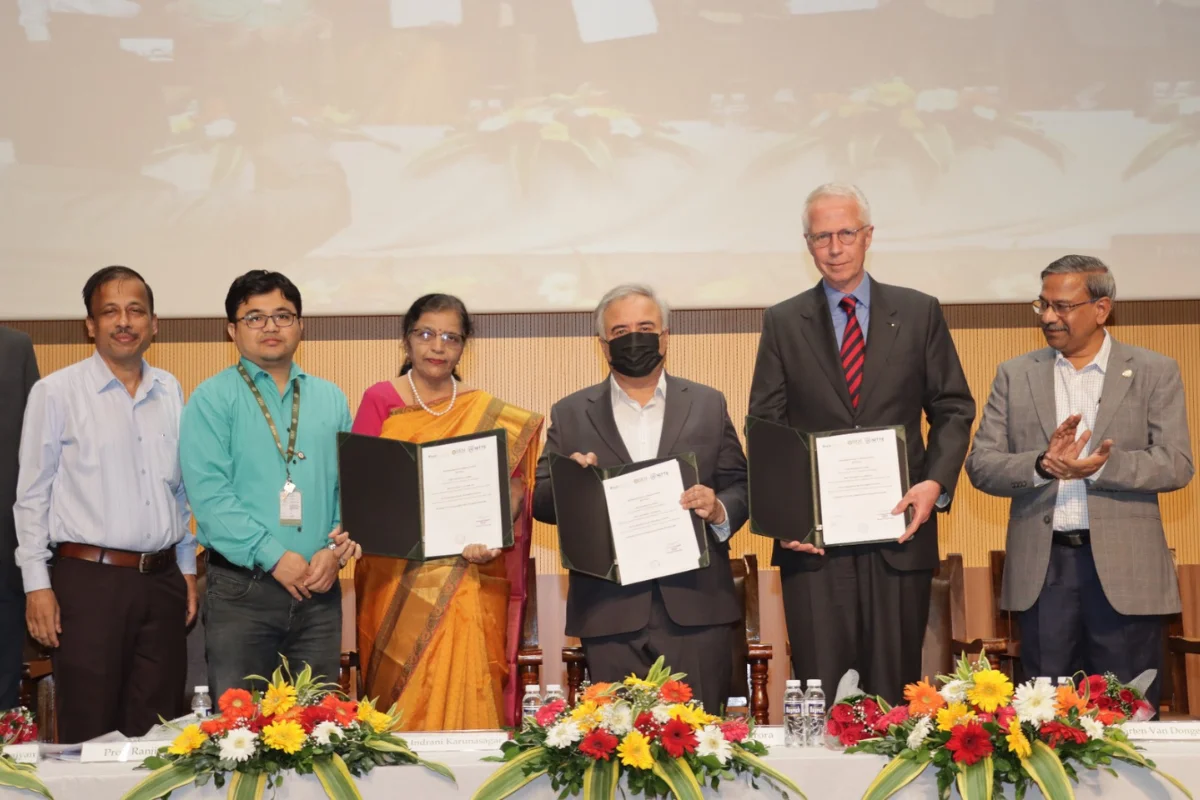We are familiar with the maxim, ‘Great minds think alike.’ Have you ever thought that if Plato and Kautilya were to express the same thought during their times, would we still attribute greatness to their thought process or label them as ‘plagiarus’? The word plagiarus is the breeder of the word plagiarism.
This word, however, has an amusing history. The Roman poet Marcus Valerius Martialis, aka Martial, was renowned for his epigrams. It so happened that a contemporary poet, Fidentinus, stole Martial’s poems and passed them off as his own. Following this poetry theft, Martial accused his fellow poet of being a kidnapper (plagiarius in Greek). This happened in the year 80 AD. Unfortunately, Martial could not sue the poem lifter legally due to the absence of copyright laws. History says that Martial was not upset for his poems to be stolen; he was perturbed that Fidentinus refrained from making any payment.
If you’re okay with these poems being attributed to me, I will send them to you without any charge. However, if you prefer them to be credited to you, then please purchase this copy so that they are no longer associated with me.
It is interesting to learn that ghostwriting was common among Roman poets to earn a livelihood. From the time of the Romans up until the 17th century, the value placed on artistic skill often eclipsed the importance of originality, leading many renowned artists and authors to engage in acts of emulation and imitation. Even luminaries like Shakespeare, known for his enduring contributions to literature, borrowed extensively in the crafting of his most celebrated plots and passages. Likewise, the genius of Leonardo Da Vinci, responsible for some of history’s most iconic works of art, did not hesitate to incorporate elements from the works of his predecessors into his own creations.
It is uncertain when the word plagiarism found its way into the realm of the English language; however, it is assumed that in 1601, Ben Johnson, the famous writer of satires, penned the word plagiary to denote literary theft. Despite all the uncertainty surrounding the entry of the word plagiarism, it can be most certainly said that in the grand circus of academia, where the nerdy lions and the scholarly acrobats perform death-defying feats with words and ideas, there exists a rogue character that even the clowns fear. It is an uninvited thief, incognito, who sneaks into the scholarly feast clad in the borrowed attire of the nouveau riche technocrat called AI.
Imagine a scenario where a UG student, a couple of nights prior to the submission of a term paper, with a pair of neon blue ear pods stuffed into each ear, stares blankly at the half-nibbled apple keyboard like a rudderless ship skipper, lost in the middle of the Atlantic. Suddenly, epiphany manifests in the form of Wikipedia—not as a research tool but as a blueprint for creativity. Our overjoyed young enthusiast is inspired to copy and paste with wild abandon. At this very moment, the “unoriginal genius” is born.
In another location, a student has armed himself with a thesaurus, eager to dodge the plagiarism bullet. They engage in a perilous dance, replacing words with synonyms to make the text “their own.” Little do they know that their paper now reads like a Shakespearean rap battle. Instead of avoiding plagiarism, they have unleashed the “Thesaurus Tango,” where sentences go to die a linguistically convoluted death.
On a cold brumal night, a harried writer whose fingers, trembling with a cocktail of stress and caffeine, accidentally highlighted an entire paragraph from a research paper The intention was to copy it to a reference document, but suddenly, that infamous misstep occurs: the “cut-and-paste catastrophe.” In a desperation to undo the damage, he pastes it into his own paper, hurling credibility into a tailspin.
At the core of this comedy lies a character who boldly claims the title “The Master of Ctrl-C and Ctrl-V.” This individual not only plagiarizes but elevates it to an art form. He constructs doppelgangers of published essays, articles, and occasionally the entire internet, all with the deft strokes of two keyboard shortcuts. He is convinced to have discovered the ultimate life hack for academic success, failing to realize he is in the comedy hall of mirrors, where academic integrity meets the bizarro world.
In the academic Olympus, there exists a curious phenomenon known as the “distracted detective.” This character hunts for sources with all the enthusiasm of a bloodhound on a mission. However, his quest for the perfect reference often leads him down winding rabbit holes, and before he knows it, he is citing a tweet from a parody account as a legitimate source. A comedy of mistaken identities ensues, and his paper becomes an unintentional farce.
And now, let us fix the spotlight on the “Plagiarism Detector Dilemma.” Educators, with the best of intentions, employ plagiarism detection software to trap the culprits. However, students, clever creatures that they are, try to outwit these electronic bloodhounds by adding random symbols, emojis, and coded messages to their stolen content, turning their papers into secret enigma machines. It’s a war of wits, where man battles with machines in a stealthy game of deception.
As we bid adieu to our cast of characters and the absurdity of academic misadventures, remember this: plagiarism is not a path to success. It is a comically tragic tale of shortcuts, misunderstandings, and misguided ingenuity. In the end, the only reliable way to avoid being a part of this tragicomedy is to embrace the noble art of original thinking and citation. So, to all the students out there, when you face the daunting task of writing, remember the age-old saying: “To plagiarize is human; to cite divine.” And to everyone else: let us keep laughing at the antics of plagiarism while striving for a world where academic integrity reigns supreme. After all, in the grand circus of academia, it is originality that steals the show!
By – Dr Srabani Basu- HOD ; Dept. of English & Literatures, SRM University -AP.
Views expressed are personal.
Keep watching our YouTube Channel ‘DNP INDIA’. Also, please subscribe and follow us on FACEBOOK, INSTAGRAM, and TWITTER



